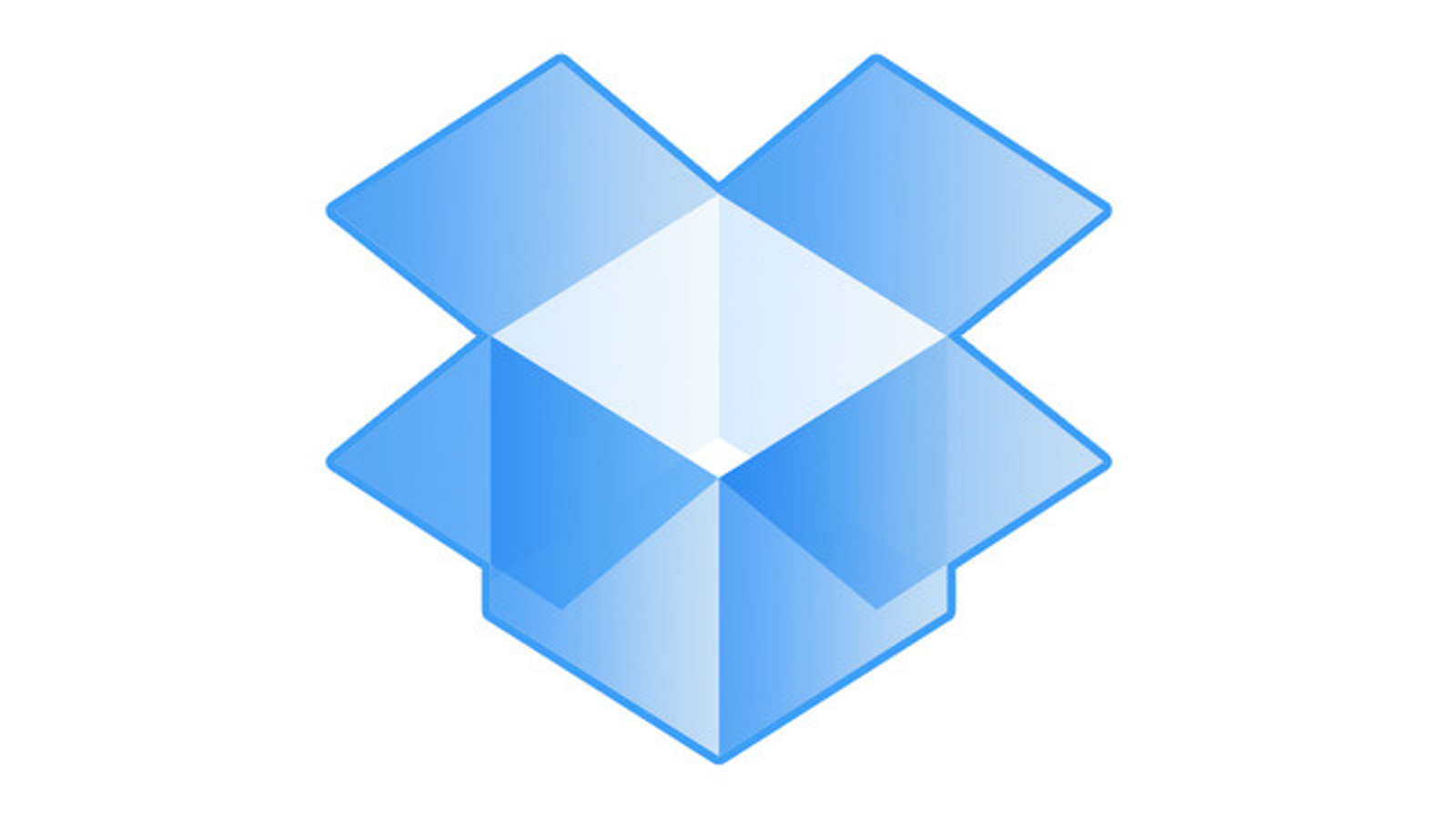

Immediately change the passwords on those affected accounts, and anywhere else that you might use the same password. In particular try to note any information such as usernames, account numbers, or passwords you may have shared. While it's fresh in your mind write down as many details of the attack as you can recall. If you're suspicious that you may have inadvertently fallen for a phishing attack there are a few things you should do. What to do if you think you've been successfully phished Tip: ALT+F will open the Settings and More menu.įor more information see Securely browse the web in Microsoft Edge. Select the arrow next to Junk, and then select Phishing. Select the check box next to the suspicious message in your inbox. For more information see Use the Report Message add-in. This is the fastest way to report it and remove the message from your Inbox, and it will help us improve our filters so that you see fewer of these messages in the future.

Microsoft Office Outlook - With the suspicious message selected, choose Report message from the ribbon, and then select Phishing. If the suspicious message appears to come from a person you know, contact that person via some other means such as text message or phone call to confirm it. Or call the organization using a phone number listed on the back of a membership card, printed on a bill or statement, or that you find on the organization's official website. Then go to the organization's website from your own saved favorite, or via a web search. If you receive a suspicious message from an organization and worry the message could be legitimate, go to your web browser and open a new tab. Never click any links or attachments in suspicious emails. Learn more If you receive a phishing email If you have a Microsoft 365 subscription with Advanced Threat Protection you can enable ATP Anti-phishing to help protect your users. Note that the string of numbers looks nothing like the company's web address. In the following example, resting the mouse over the link reveals the real web address in the box with the yellow background. Instead, hover your mouse over, but don't click, the link to see if the address matches the link that was typed in the message. Suspicious links or unexpected attachments - If you suspect that an email message is a scam, don't open any links or attachments that you see. Like where the second "o" has been replaced by a 0, or, where the "m" has been replaced by an "r" and a "n". Also be watchful for very subtle misspellings of the legitimate domain name. Mismatched email domains - If the email claims to be from a reputable company, like Microsoft or your bank, but the email is being sent from another email domain like, or it's probably a scam.

If the email starts with a generic "Dear sir or madam" that's a warning sign that it might not really be your bank or shopping site. Generic greetings - An organization that works with you should know your name and these days it's easy to personalize an email. These errors are sometimes the result of awkward translation from a foreign language, and sometimes they're deliberate in an attempt to evade filters that try to block these attacks. If an email message has obvious spelling or grammatical errors, it might be a scam.
#Dropbox links free nudes professional#
Spelling and bad grammar - Professional companies and organizations usually have an editorial staff to ensure customers get high-quality, professional content. When you get an email from somebody you don't recognize, or that Outlook identifies as a new sender, take a moment to examine it extra carefully before you proceed. Are you sure it's real? Slow down and be safe.įirst time or infrequent senders - While it's not unusual to receive an email from someone for the first time, especially if they are outside your organization, this can be a sign of phishing. Furthermore, Dropbox says your files are only checked against that list when you try to share a file - if you just upload a bunch of movies and albums to your Dropbox for your own personal consumption, they won’t get blocked.Tip: Whenever you see a message calling for immediate action take a moment, pause, and look carefully at the message. “We don’t look at the files in your private folders”ĭropbox stresses that this entire process is automated, and that it never actually looks at your files - it just automatically generates hashes for your files, which are automatically matched against a list of copyrighted hashes. Dropbox DMCA takedown notice This is one of the most graceful methods of preventing piracy that I’ve ever seen - but it’s still not without its risks and limitations.


 0 kommentar(er)
0 kommentar(er)
